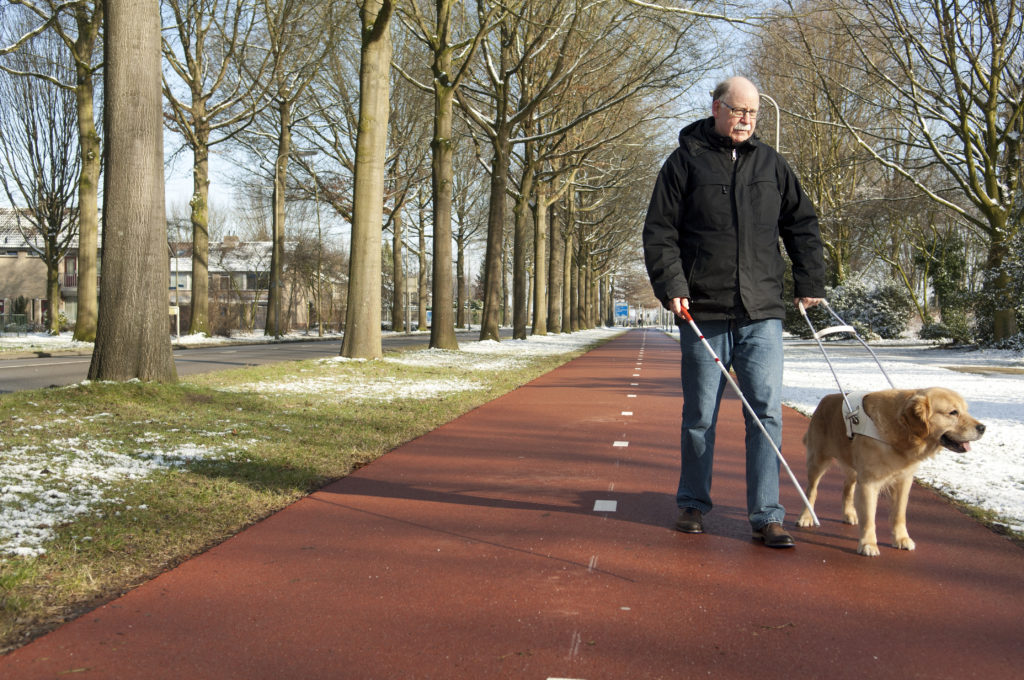 Public Rights-of-Way Accessibility Guidelines
Public Rights-of-Way Accessibility Guidelines
Public Rights-of-Way Accessibility Guidelines state that state and local government facilities must follow the requirements of the 2010 Standards for Accessible Design for new construction and alterations. Beginning in 1992, specific guidelines were proposed to address elements within the public rights-of-way. These are known as the Public Rights-of-Way Accessibility Guidelines (PROWAG). As of February 2, 2012, the PROWAG are still “proposed.” Although not yet officially adopted as standards by the Department of Justice, these proposed guidelines are the currently recommended best practices and are recommended when planning, designing and constructing within the rights-of-way. The proposed PROWAG covers pedestrian features in new or altered public rights-of-way, including sidewalks and other pedestrian ways, street crossings, medians and traffic islands, overpasses, underpasses, and bridges. On-street parking, transit stops, toilet facilities, signs, and street furniture are also addressed. The guidelines apply to permanent as well as temporary facilities, such as temporary routes around work zones and portable toilets. Provisions in the guidelines address:
• Pedestrian Access Routes (including sidewalks, street crossings, curb ramps/ blended transitions)
• Detectable Warning Surfaces
• Pedestrian Signals
• Roundabouts
• On-Street Parking and Passenger Loading Zones
• Transit Stops and Shelters
• Street Furniture and Other Elements
Accessology offers training on the PROWAG throughout the country and also provides assessments of design and construction standards used by state and local governments for rights-of-way projects.
Please feel free contact us regarding training requests and construction standard assessments.
For more information on Design Guidelines click here.
